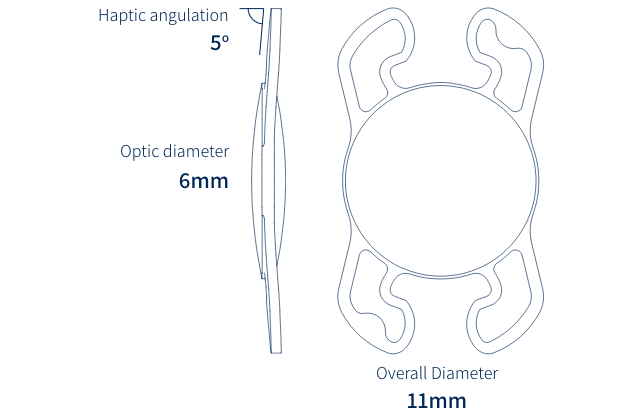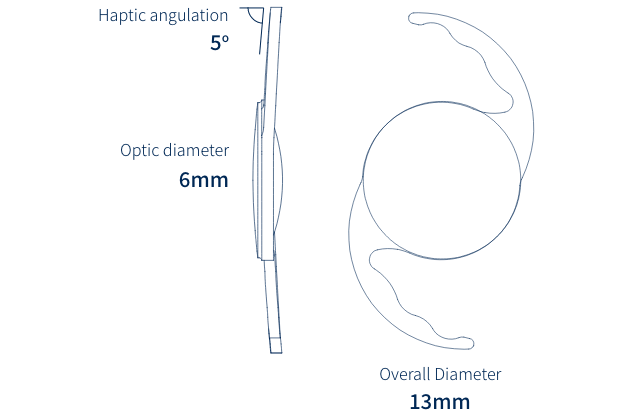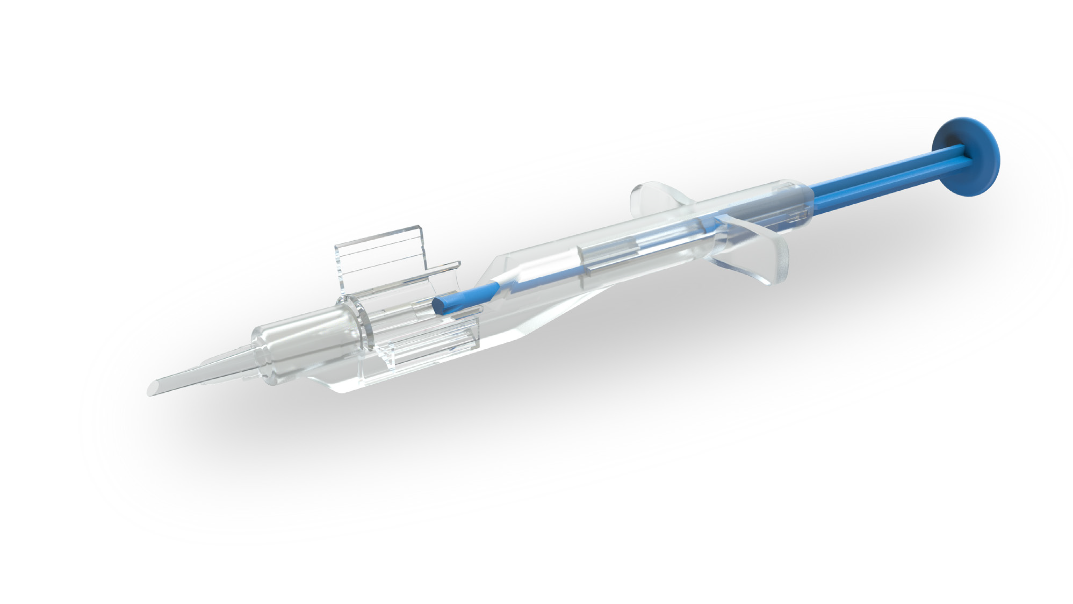
PROVIDING EXCELLENT VISION QUALITY FOR YOUR PATIENT
The Aspheric HP IOLs were designed by the most advanced optical tools to provide:
- Reduced Spherical aberration
- Functional vision
- Vision in night conditions
BunnyLens
SeeLens
BunnyLens

SeeLens

Product availability varies by country, and special diopters beyond the listed range may be available. Contact your local distributor for details.
Description
Aspheric HP IOLs
SeeLens HP & SeeLens HP EASY
BunnyLens HP & BunnyLens HP EASY
Power range
BunnyLens HP & BunnyLens HP EASY
Power range
+5.0 to +10.0 (1D increments)
+10.0 to +30.0 (0.5D increments)
+30.0 to +35.0 (1D increments)
Optic design
Aspheric
Material
Hydrophobic acrylic with bonded UV absorber and violet light filter
Refractive index
1.48 (@ 35°c)
A - Constant SeeLens HP
119
A - Constant BunnyLens HP
118.9
CLINICAL DATA
STABILITY AND CENTRATION
Easy
PRELOADED HYDROPHOBIC IOL SYSTEM
- Simplifying cataract surgery
- Ready for implant
- Smooth and EASY injection
through a 2.2 mm incision

Related Products
Accessories
Spheric
IOLs made of hydrophilic acrylic materials that have excellent biocompatibility and effectively filters UV radiation
PerfecTor
Designed and manufactured to restore and improve an astigmatism for the impaired patient.
Want More?
Sign up to get the first look at new products, publications, and events
Hydrophobic lens from Hanita Lenses, provides the patient with an excellent vision quality at day and night conditions, by using state-of-the-art aberration-free Aspheric optical design.